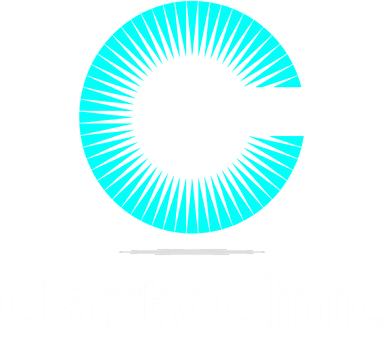January 5th, 2022

Progressive muscle relaxation (PMR) is a mindfulness technique where people tense targeted muscle groups in the body for several seconds and then relax them. Typically, people begin by tightening the muscles in their toes or feet, and then gradually move up the body, through each major muscle group, until they reach their facial muscles. After working through relaxing each muscle group, you will feel more relaxed.
The thought process behind this technique is that learning to identify the ways muscles feel when they are physically relaxed versus tense, teaches people to recognize when they are stressed and gives them a way to intervene.

PMR is an evidence-based treatment for anxiety disorders. I often incorporate progressive muscle relaxation into my work with clients who are looking for tools to manage stress and anxiety because it is a tangible skill that people can utilize outside of therapy. I also like to introduce this technique to clients who are struggling to fall asleep due to racing thoughts as it is a way people can prepare their minds and bodies for rest.
In addition, progressive muscle relaxation is a component of treatments for other disorders, such as PTSD. For example, it is an essential component of Trauma-Focused—Cognitive Behavioral Therapy (TF-CBT), which is a widely researched therapy for teenagers and children who have experienced trauma.
Similarly, it can be a practical tool for people in early recovery from addiction, who are trying to incorporate healthier coping skills into their daily life. Likewise, progressive muscle relaxation can help people manage certain medical issues, such as high blood pressure, migraine headaches, and insomnia.

PMR can be done sitting or lying down. Some prefer to practice progressive muscle relaxation with their eyes closed, while others choose to leave their eyes open. It is up to you to decide what you find more comfortable.
Additionally, it is important to remove as many distractions as possible while practicing progressive muscle relaxation. It may help to play soothing music to create a peaceful atmosphere.
When you are practicing progressive muscle relaxation, remember to hold your breath when you are tensing your muscles and then exhale deeply when you relax your muscles. The pairing of exhaling out and the releasing of your muscles will lead to deeper relaxation.
Apps for guided meditation have been growing in popularity recently, and some offer PMR. The apps I recommend to my clients are Headspace and Insight Timer. However, be aware that Headspace requires a paid subscription after you complete the first ten beginner sessions. Another option is searching for progressive muscle relaxation on YouTube, which offers a myriad of convenient videos.

Below is a brief script below with instructions for people who would like to practice this on their own:
Written By: Sam Donham, LCPC, MEd, NCC
At Clarity Clinic, we have highly trained staff who specialize in therapy and psychiatry services. To learn more about how we can support your mental health, call Clarity Clinic at (312) 815-9660 or schedule an appointment today.

Our Services
Virtual/Online CarePHP and IOPAdult PsychiatryChild & Adolescent PsychiatryAdult TherapyChild & Adolescent TherapyCouples CounselingFamily TherapyGroup TherapyPsychological TestingTranscranial Magnetic Stimulation (TMS)